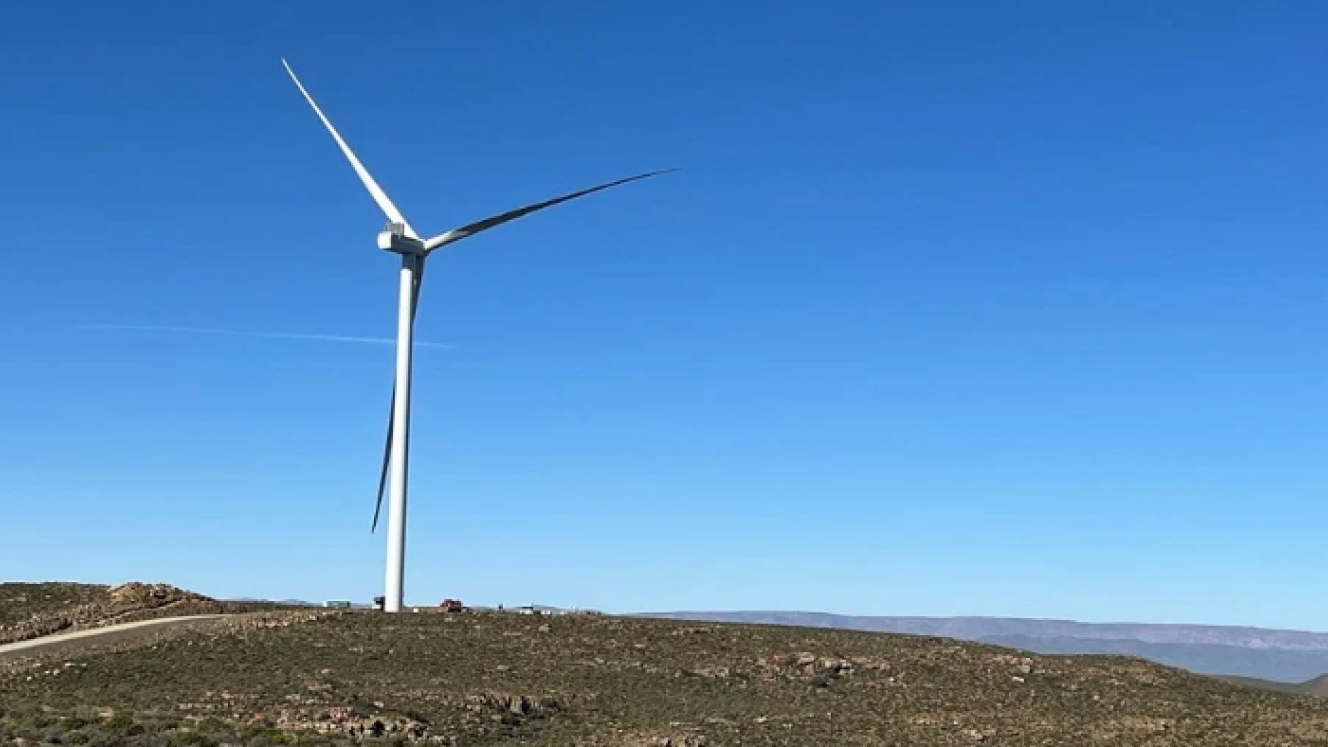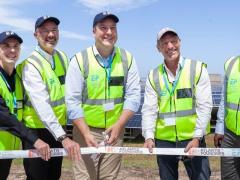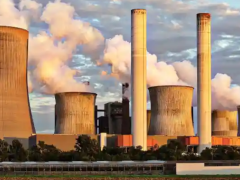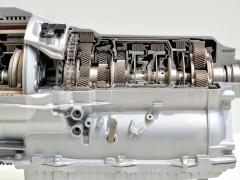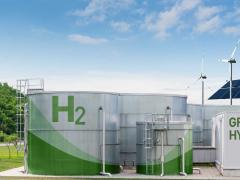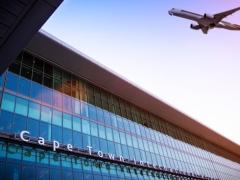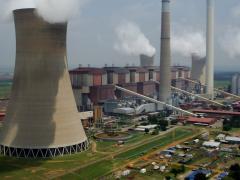A company based in Cape Town is garnering attention for its innovative initiative to offset emissions in the shipping industry by creating bio-LNG (liquefied natural gas) and e-methanol from seaweed.
The concept has been in development for several years but has gained significant momentum over the past four years, becoming more financially viable, says Johannes Bochdalofsky, founder of SeaH4.
Interest in developing fuel from seaweed is growing within the maritime sector in particular, he says. The company has been collaborating closely with an international shipping line, the South African Department of Transport and the International Maritime Organization (IMO). The IMO commissioned GreenFuelHub to independently evaluate the greenhouse gas emissions savings potential of SeaH4’s liquefied biomethane (LBM) and e-methanol production. The evaluation covered all stages of the production chain from algae cultivation to final fuel synthesis. The products have undergone pre-audits for certification under the International Sustainable Carbon Certification European Union standards, indicating compliance and readiness for the market.
New test facility
SeaH4 is currently building a test facility in Pepper Bay, Saldanha. The seaweed is not sourced from the sea but rather grown on non-arable land near the coastline in small man-made ponds, says Bochdalofsky. “South Africa already has an established seaweed-growing industry, thanks to its abalone farms. We have the know-how; now it’s about scaling up significantly. None of the seaweed used is imported or genetically modified and we have no impact on the indigenous biotope.”
Plans are underway to begin building a pilot plant next year. Bochdalofsky expects to have a full-scale facility operating by 2028.
The company initially kept its production calculations conservative to ensure financial feasibility. However, with the emergence of alternative fuels at much higher prices, the possibility of scaling up to higher quantities of production has become a reality.
“We have a very solid case study and our product competes on par with the best in the world,” says Bochdalofsky.
Expanding product range
Explaining the process, Bochdalofsky says seaweed is transformed into a biogas, which is in turn upgraded into bio-LNG and even liquified e-methanol before the final emergence of green hydrogen.
“We are confident in our ability to produce LBM and e-methanol at scale, which is why we have prioritised the maritime industry over road transport. At this stage, it is easier and more profitable to produce bio-LNG and e-methanol than e-diesel,” he adds.
However, the company plans to expand its product range in the long term to include e-diesel. Bochdalofsky says: “We view Africa as an ideal market and believe our products can contribute to delivering carbon-neutral fuels across the continent. Electrification of road transport in Africa is not expected to happen soon and the affordability of purchasing new vehicles makes our product highly viable”.
SeaH4 is also exploring the production of compressed gas for use in tugboats and near-shore fishing vessels. “We are already in discussions with a port authority in Africa to develop a solution where compressed natural gas can be used in tugs as old as 40 years.”
He describes the solution as involving the installation of a dual-fuel kit on the existing engine of the tug with compressed gas cylinders strapped to the wheelhouse. “This approach allows us to decarbonise even older vessels.”
It took time for the entire concept to get off the ground but the delay has been beneficial, says Bochdalofsky. “With the focus on sustainability over the past four years, we have seen a dramatic change in perception around our product. Initially, we were planning for a commercial facility capable of producing around 15 000 tons of LBM per year along with the equivalent amount of e-methanol. However, shipping lines have indicated they would require at least four times that amount.”

